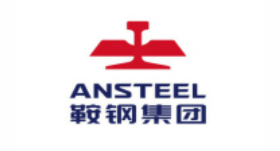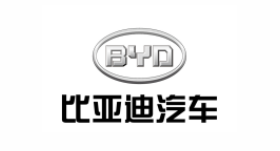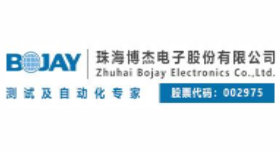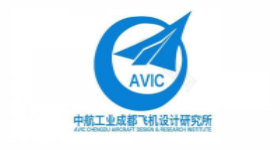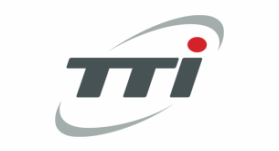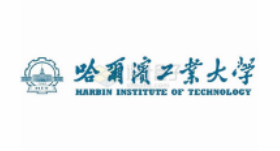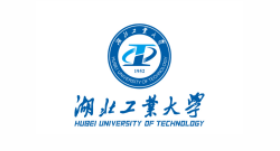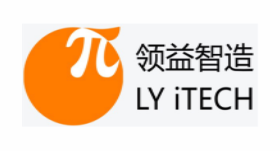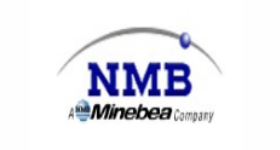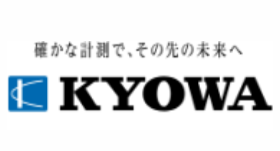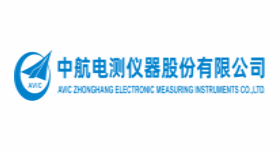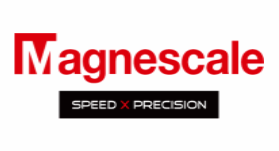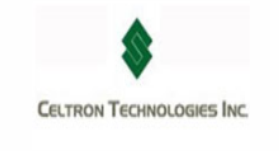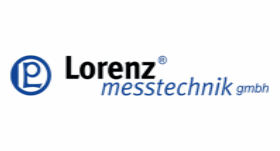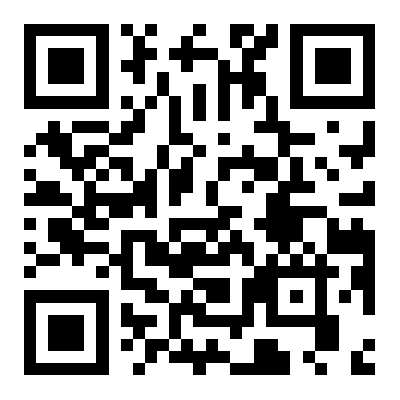There are two realization methods or two structural forms of digital intelligent load cell, namely integral type and separate type.
Integral digital intelligent weighing sensor
As mentioned above, the digital processing circuit composed of amplification, filtering, A/D conversion, microprocessor chip and temperature sensitive element is installed inside the weighing sensor. Use the software already stored on the microprocessor chip. Implement various digital compensation processes, conduct comprehensive performance testing and verification, and finally use electron beam welding or laser welding to seal. Because the digital conversion and compensation circuit and the weighing sensor are a whole, it is called the integral digital intelligent weighing sensor.
The manufacturing process of digital intelligent load cell is completely different from that of analog load cell. There are two main links. One is to establish the mathematical model of each compensation item required by digital compensation technology and process through testing and testing after the Wheatstone bridge circuit is formed. The formula is easy to program calculation, and the compensation calculation software is easy to compile. Mainly linear compensation, creep compensation, zero and sensitivity temperature compensation and other mathematical models. Because digital compensation technology and process is based on reasonable physical model and mathematical model, giving accurate and reliable mathematical model is the premise to ensure the accuracy of digital compensation. The second is to compile a simple, practical and effective compensation calculation software according to the mathematical model, which is stored in the microprocessor chip for error correction and compensation. The software technology mainly includes: digital filtering technology A load cell analog output signal, after A/D conversion into the microprocessor, often mixed with random noise such as sharp pulse interference, must be weakened and filtered; Scale conversion technology - The analog signal of the weighing sensor is transformed by A/D to obtain a series of digits, which must be converted into a number with a quantity of steel before calculation and display; Digital zeroing technology adopts various programs to realize deviation calibration such as zero drift and gain drift. Temperature compensation technology A mathematical model (such as polynomial, etc.) can be established to express temperature, and the temperature compensation can be effectively realized by using mathematical processing methods such as difference. According to the measured characteristic curve, the nonlinear compensation technique is used for piecewise interpolation. As long as the number of interpolation points is reasonable and enough, excellent linear shape can be obtained.
The digital intelligent load cell developed by TOLEDO Company, STS Company, CARDINAL Company and HBM company of Germany has its own unique digital compensation technology and process. Elimination of electrical noise in digital output; Digital circuit realizes automatic temperature compensation; Solve anti-radio frequency interference (RF1) and electromagnetic interference (EMI); The technology and process of self-adaptation, self-calibration, self-diagnosis and built-in overvoltage protection plate to deal with electrical transients caused by lightning are in a leading position. The features of the integrated digital intelligent load cell are:
(1) The generation, processing and storage of digital signals is easy, the output signal is large, the output signal is a group of high and low level signals, generally SV;
(2) has a high resolution, generally 20-bit, available counting up to 1,000,000, and high accuracy, good stability;
(3) High level digital signal resistance to external radio frequency interference and electromagnetic interference ability;
(4) Strong signal output, long transmission distance, usually up to 150m, more than 600m after additional power supply;
(5) The software calculation method can be used to adjust the four Angle error and use the number
Word system to achieve "self-calibration", therefore, installation, debugging, verification is very convenient, only 1/4 of the traditional method;
(6) For large range electronic weighing devices and weighing devices that cannot be attached to the offset code, it can be calibrated without the offset code. By using the software of digital weighing system and inputting the calibration parameters of each weighing sensor, the weighing accuracy and working reliability of the electronic weighing device can be guaranteed.



